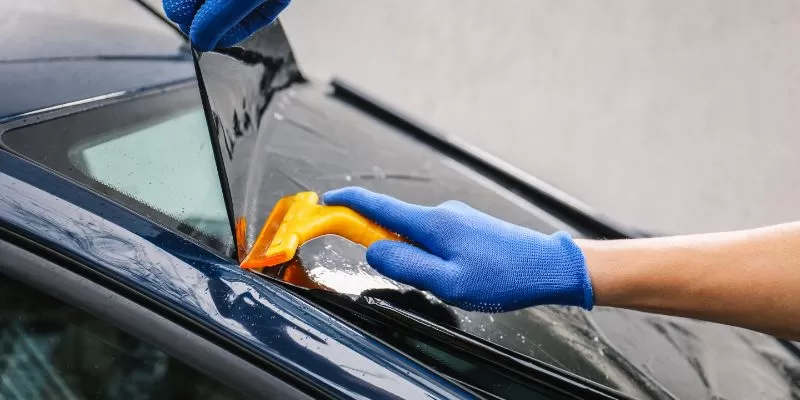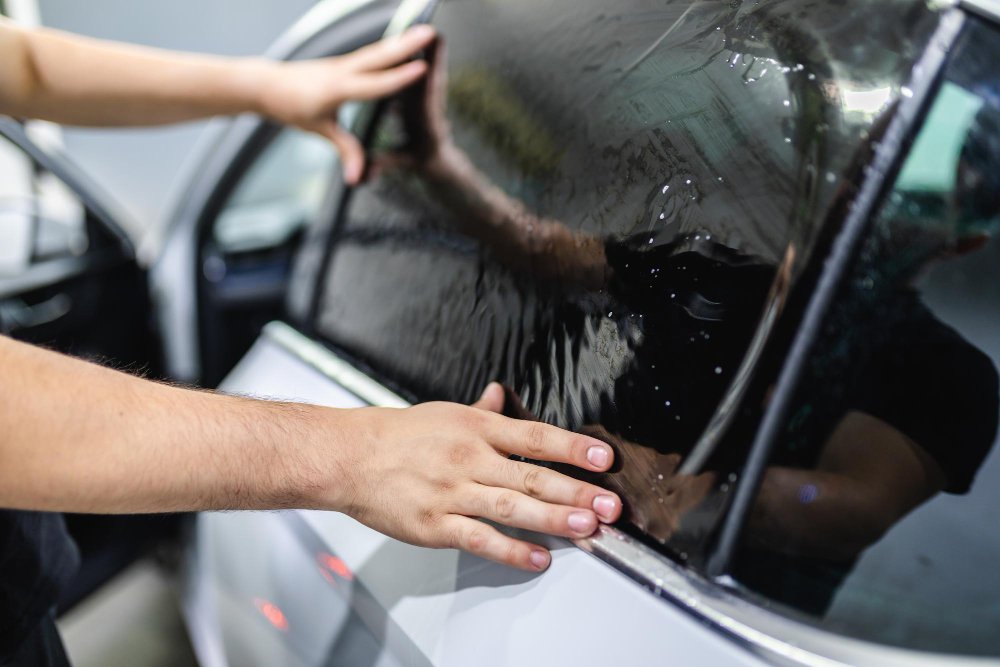Home Window Tinting Regulations and Guidelines: What You Need to Know Prior To Tinting Your Car
Before proceeding with window tinting for your car, it is important to acquaint yourself with the diverse regulations and guidelines that govern this practice throughout various states. These policies dictate the permissible levels of color darkness, usually measured by visible light transmission (VLT) portions, and consist of specific stipulations for front windscreens intended at making sure road safety and security.
Summary of Window Tinting Rules
Home window tinting laws are often subject to variation throughout different jurisdictions, mirroring local laws and safety and security factors to consider. These legislations dictate the allowable levels of tint darkness and reflectiveness on lorry windows, guaranteeing that chauffeurs keep adequate exposure while additionally protecting against harmful UV rays and warm.
Most guidelines categorize window tinting based on the Visible Light Transmission (VLT) percent, which indicates the quantity of light that can pass with the window. Generally, lower VLT portions symbolize darker colors. Laws frequently distinguish in between the front, side, and rear windows, with more stringent constraints put on the front windshield to improve safety for both the driver and various other road customers.
Compliance with home window tinting policies is essential, as offenses can result in fines, mandatory removal of the color, and potential boosts in insurance costs. It is necessary for car proprietors to acquaint themselves with regional legislations before continuing with window tinting installments.
State-by-State Tint Laws
Understanding the certain window tinting guidelines in each state is crucial for vehicle owners seeking to adhere to the regulation. Each state in the united state has actually developed its very own collection of guidelines regulating home window tinting, which can differ dramatically. These regulations typically determine the allowable levels of color darkness, the kinds of home windows that can be tinted, and any kind of medical exceptions that may apply.
For example, states like The golden state have rigorous limitations on tint darkness for front home windows, while others, such as New Mexico, might allow darker colors. Additionally, certain states mandate specific exposure percentages for various windows, consisting of the windshield, front side home windows, and back windows. It is essential for vehicle proprietors to acquaint themselves with their state's regulations to avoid potential fines or penalties.
Furthermore, some states may need an accreditation sticker label to be put on colored home windows, indicating compliance with state regulations. Failing to abide by these laws not only takes the chance of lawful effects yet can also impact security and presence while driving. Vehicle proprietors ought to perform detailed research or speak with local authorities to guarantee full understanding and compliance with state-by-state tint policies.
Allowed Tint Types and degrees
Several vehicle owners might be surprised to learn that allowed tint degrees and types differ commonly throughout various states. Each state has established its own laws regarding the permissible darkness and reflectivity of window tint, commonly measured by Visible Light Transmission (VLT) percents. VLT describes the amount of light that can go through the tinted home windows; thus, a lower portion suggests a darker color.

In addition, the kinds of color materials permitted can differ, with some states restricting metallic or mirror-like finishes. It is essential for car owners to acquaint themselves with their state's particular laws to make sure compliance. Non-compliance can cause penalties, obligatory removal of the tint, or other lawful effects, making it imperative to recognize these laws prior to waging installation.
Medical Exemptions for Tinting
While not all states provide allowances for clinical exceptions regarding home window tinting, those that do identify the requirement for certain individuals to enhance exposure and comfort due to clinical conditions. Numerous medical conditions, such as lupus, skin cancer cells, and particular eye disorders, can make people particularly conscious sunlight. These people might need darker tints to shield themselves from harmful UV rays and glare.

It is necessary to keep in mind that despite a medical exemption, there might still be restrictions on the degree of tint allowed. Conformity with state legislations makes sure that individuals are both protected and within lawful limits. Those taking into consideration medical exceptions must call their regional Division of Electric motor Autos or comparable authority to understand the demands and procedures needed to request an exception effectively.
Charges for Non-Compliance
Stopping click here for info working to follow window tinting regulations can lead to considerable charges, which vary by state. Regulation enforcement firms are encouraged to provide citations for cars that do not adhere to the specified tinting laws. These fines generally consist of penalties, which can range from modest total up to a number of hundred bucks, relying on the severity of the violation and the state concerned.
In some territories, repeated offenses might result in rising penalties or added penalties, such as compulsory court appearances. Non-compliance may necessitate the removal of prohibited tinting, typically at the proprietor's expense. In severe instances, regular offenders might encounter suspension of their car enrollment until compliance is accomplished.
Additionally, insurance policy implications might develop from getting numerous citations for home window color infractions. Insurance firms might see such infractions as a sign of riskier habits, possibly causing increased premiums or problem in coverage.
To avoid these charges, it is crucial for vehicle owners to familiarize themselves with their neighborhood window tinting regulations and make certain that their automobile complies (Window Tinting). This proactive technique not just prevents lawful ramifications yet likewise advertises road safety and security
Verdict

A lot of laws classify home window tinting based on the Visible Light Transmission (VLT) portion, which shows the quantity of light that can pass through the window. Compliance with home window tinting laws is crucial, as violations can result in penalties, required elimination of the color, and possible rises in insurance policy premiums.Comprehending the particular window tinting laws in each state is vital for lorry proprietors looking for to abide with the law. These regulations commonly determine the allowed degrees of color darkness, the kinds of windows that can be tinted, and any clinical exceptions that may apply.
For circumstances, states like California have strict limitations on tint darkness for front home windows, while others, such as New Mexico, may permit darker colors.